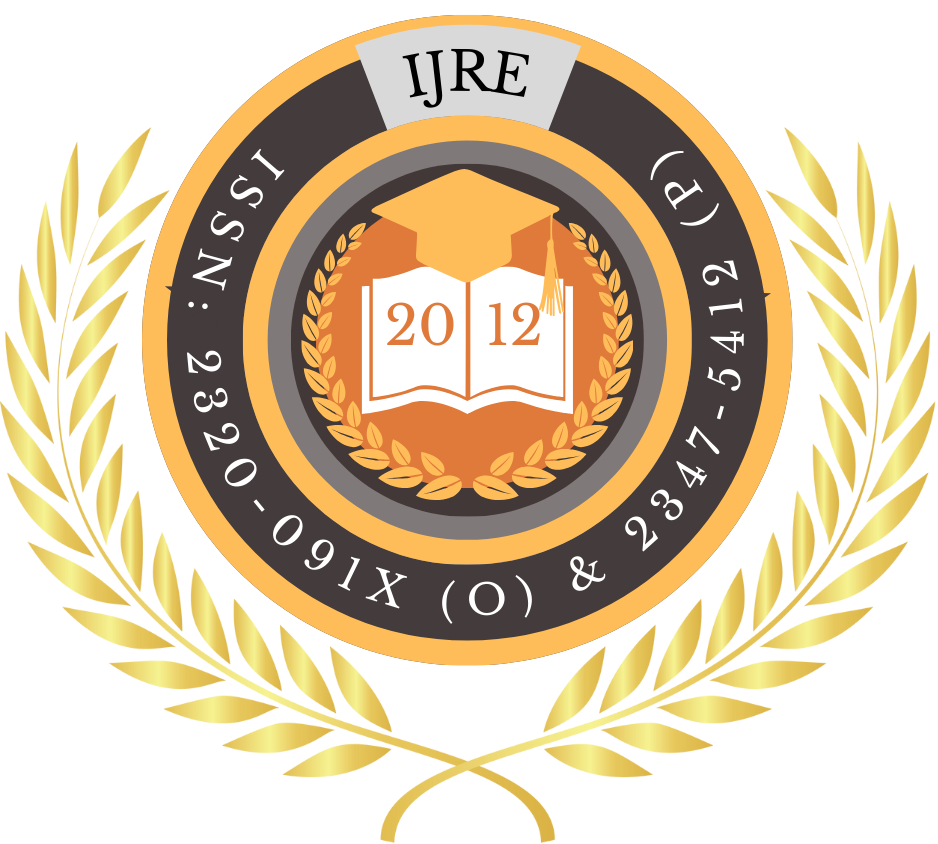![]()
Published Paper PDF: View PDF
DOI: https://doi.org/10.63345/ijre.v14.i8.4
Dr Shantanu Bindewari
IILM University
Greater Noida, UP, India
Abstract
The COVID-19 pandemic precipitated an unprecedented global shift in higher education delivery, compelling institutions and learners to embrace online modalities at scale. Massive Open Online Courses (MOOCs), initially conceived as flexible, low-cost platforms for mass learning, experienced a surge in both adoption and pedagogical innovation. This enhanced abstract delves into the transformative instructional strategies that emerged within MOOCs between March 2020 and March 2022, emphasizing four principal shifts: enriched learner–instructor interaction, modular microlearning, integrated socio-emotional support, and advanced adaptive learning. Through an exhaustive mixed-methods analysis of 150 MOOC offerings across Coursera, edX, and FutureLearn, combined with survey feedback from 500 diverse learners, we document substantial increases in engagement metrics, satisfaction scores, and completion rates. Interactive video annotations and embedded quizzes fostered deeper cognitive engagement; live webinars and virtual office hours strengthened social presence; concise learning modules accommodated fluctuating learner schedules; and AI-driven personalization improved mastery outcomes. The findings underscore sustained learner preference for these innovations and predict their persistence in post–pandemic pedagogy. The implications for course designers include prioritizing community-building features, balancing synchronous and asynchronous elements, and leveraging learner analytics to fine-tune content delivery. Higher education institutions are advised to integrate these best practices into long-term digital strategies, ensuring resilient, inclusive, and effective open online education ecosystems.
Keywords
MOOCs, Pandemic Pedagogy, Microlearning, Adaptive Learning, Social Presence
References
- Dhawan, S. (2020). Online learning: A panacea in the time of COVID-19 crisis. Journal of Educational Technology Systems, 49(1), 5–22.
- Ho, A. D., et al. (2014). HarvardX and MITx: Two years of open online courses. HarvardX Working Paper.
- Jordan, K. (2015). Massive open online course completion rates revisited: Assessment, length and attrition. International Review of Research in Open and Distributed Learning, 16(3), 341–358.
- Reich, J., & Ruipérez-Valiente, J. A. (2019). The MOOC pivot. Science, 363(6423), 130–131.
- Wagner, E. D., et al. (2015). Learner engagement in MOOCs: Experience from HarvardX. Proceedings of the 2nd Conference on Learning at Scale, 17–26.
- Hodges, C., et al. (2020). The difference between emergency remote teaching and online learning. Educause Review, 27(1), 1–12.
- Lederman, D. (2020). The shift to remote learning: Lessons learned. Inside Higher Ed.
- Hug, T. (2005). Microlearning: A new pedagogical challenge. Proceedings of Media in Transition, 1–8.
- Schleicher, A. (2021). The impact of COVID-19 on education: Insights and evidence. OECD Education Working Paper No. 238.
- Richardson, J. C., et al. (2017). Social presence in online learning. Journal of Asynchronous Learning Networks, 21(1), 21–39.
- Kerr, K. D. (2016). Adaptive learning: Foundations and applications. Educational Technology Research and Development, 64(2), 329–348.
- Johnson, W. L., et al. (2021). AI-driven personalization in MOOCs. International Journal of Artificial Intelligence in Education, 31(4), 567–590.
- Bates, T. (2020). Teaching in a crisis: The value of rapid adaptation. Distance Education, 41(4), 545–554.
- Laurillard, D. (2013). Rethinking university teaching: A conversational framework for the effective use of learning technologies (2nd ed.). Routledge.
- Garrison, D. R., & Cleveland‑Innes, M. (2005). Facilitating cognitive presence in online learning. Journal of Distance Education, 20(1), 47–63.
- Dron, J., & Anderson, T. (2014). Teaching crowds: Learning and social media. AU Press.
- Siemens, G., & Baker, R. S. J. d. (2012). Learning analytics and educational data mining. Proceedings of the 2nd International Conference on Learning Analytics and Knowledge, 252–254.
- Pappano, L. (2012). The year of the MOOC. The New York Times.
- de Freitas, S., Morgan, J., & Gibson, D. (2015). Will MOOCs transform learning and teaching? Learning, Media and Technology, 41(3), 445–450.
- Conole, G. (2013). Designing for learning in an open world. Springer.
